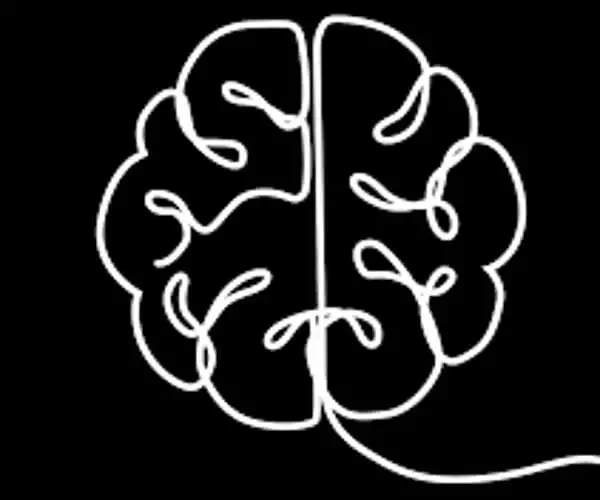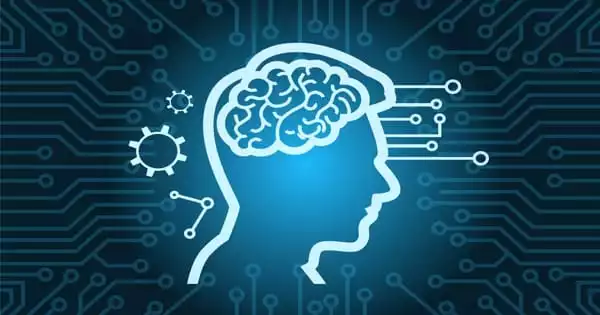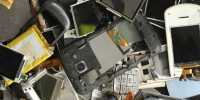Dementia is a broad term encompassing the loss of memory, language, problem-solving abilities, and other cognitive capacities that is severe enough to interfere with everyday life. The most common cause of dementia is Alzheimer’s disease.
Dementia is a clinical disease characterized by progressive acquired worldwide impairments in cognitive functions and independence. Many patients experience varied degrees of behavioral disturbance at some time during their illness. The care load for family caregivers as well as state/other care payers grows as the disease worsens. The syndrome is caused by a variety of disorders, with Alzheimer’s disease, vascular dementia, and dementia with Lewy bodies accounting for over 90% of cases. Dementia incidence and prevalence are largely age dependant.
Detecting cognitive changes early in the start of dementia might be a game changer for thousands of people affected by the condition, allowing therapies to begin far before severe brain alterations occur.
While cognitive performance is frequently tested using paper and pencil tests with scores based on the number of correct answers, this number (score) omits a lot of information about the method a person uses to answer a question, which could disclose crucial information about their brain function.
All of our daily actions need the use of our brains. Every day, we have the opportunity to record high-precision data on our cognitive habits using digital technology such as digital pens or even our smart phones and activity trackers.
Stacy Andersen.
Participants in a new study from Boston University Schools of Medicine and Public Health (BUSM and BUSPH) were tested using a digital pen that recorded the entire process of completing the cognitive test, allowing the researchers to pick up on subtle measures of cognitive function beyond what is captured in traditional scoring.
“Rather than simply stating that someone performed poorly on a cognitive test, these digital metrics allow us to delve deeper into the specific cognitive and physical functions that may be underlying poor test performance for a specific individual,” said corresponding author Mandy (Mengtian) Du, Ph.D., a former BUSPH graduate student.
Participants were instructed to connect a series of dots spread across a page in sequential numerical order (1, 2, 3, etc.) or to alternate between numbers and letters (such as 1, A, 2, B, and so on) while using a digital pen, which records the movement of the pen across specialized paper and allows for a time-stamped replay of the entire drawing process. The researchers used the digital pen data to calculate drawing time, which is the amount of time the pen was used to draw on the paper, and thinking time, which is the amount of time the pen was held immobile while the participant planned their next move.

According to the researchers, the digital pen data also allowed them to measure the amount of segments or straight lines that the participant used to link the dots. They then investigated how these innovative digital metrics related to existing assessments of cognitive and physical function. They discovered that digital measures were connected with certain cognitive activities such as processing speed, auditory attention, learning and working memory, as well as physical functions such as walking speed and grip strength.
“All of our daily actions need the use of our brains. Every day, we have the opportunity to record high-precision data on our cognitive habits using digital technology such as digital pens or even our smart phones and activity trackers” Stacy Andersen, PhD, assistant professor of medicine at BUSM, also contributed as a coauthor.
The researchers believe that one day they may be able to use what they have learned about early, subtle digital signs of cognitive impairment to test cognitive health using everyday technologies. These findings were published online in the Alzheimer’s Association journal Alzheimer’s & Dementia: Diagnosis, Assessment, and Disease Monitoring.
With global population aging, dementia prevalence is increasing and is expected to continue for the rest of the century. Dementia causes a great deal of collateral damage. Caregivers bear a heavy burden in terms of physical labor, psychological distress, and financial commitments. Many nonspecialist disciplines of medicine, such as primary care, neurology, or general hospital inpatient services, now have systems in place for screening for and diagnosing dementia. Rating scales are frequently recommended for use in authoritative guidelines.














